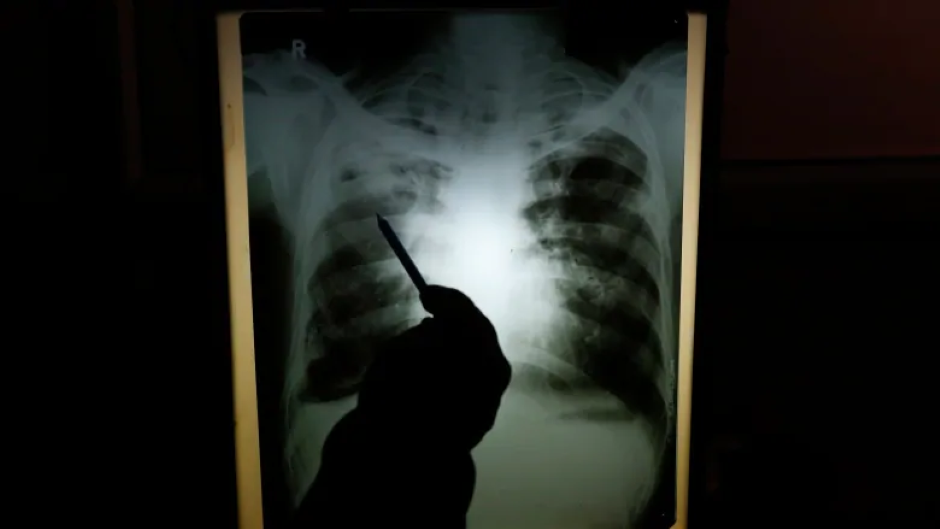World TB Day: Inuit org raises alarm on TB crisis as Canadian election begins

March 24 is World Tuberculosis Day. And with a federal election now underway in Canada, the country’s national Inuit organization is urging political parties to prioritize TB elimination, warning that a key milestone in reducing TB cases in the Inuit homeland will not be met.
Inuit Tapiriit Kanatami (ITK) and the Government of Canada had previously pledged to work towards the long-term goal of eradicating the disease from Inuit Nunangat by 2030, with a mid-term goal of halving numbers by 2025. (Inuit Nunangat, which includes the Inuvialuit Settlement Region, Nunavut, Nunavik, and Nunatsiavut, is home to the majority of Canada’s Inuit population.)
But in a statement on Monday, the organization said more work needed to be done.
“This year, in light of our collective failure to meet our 2025 target, we call on Canada, and all parties seeking to form government in our next election, to prioritize the shared commitment between Inuit and Canada to eliminate TB by 2030 and identify the funding to achieve this goal,” ITK said.
Incidence rate increasing
The rate of active TB among Inuit in Inuit Nunangat is 300 times higher than that of the Canadian-born, non-Indigenous population.

- TB is an infectious lung disease spread through the air when someone with TB coughs, sneezes, or spits
- It’s preventable, curable, and treated with antibiotics—but without treatment, it can be fatal
- About 25 per cent of people worldwide have the TB bacteria, but only 5-10 per cent will develop symptoms
- Diabetes, a weak immune system, malnutrition, tobacco use, and alcohol abuse increase the risk
Source: World Health Organization
While ITK and regional Inuit Treaty Organizations: Inuvialuit Regional Corporation; Nunavut Tunngavik Incorporated; Makivvik; and the Nunatsiavut Government, have been implementing the 2018 Inuit Tuberculosis Elimination Framework, recent data shows the situation is still dire, ITK said.
In 2016, the TB incidence rate was 182.9 per 100,000 people. But by 2023, it had risen to 268.6 per 100,000 people, the statement said.
“Despite this hard work, these interventions have not been enough,” ITK said.
Pandemic impacts
COVID-19 also continues to hinders TB elimination efforts, the organization said, noting that the pandemic had diverted health resources, slowing the implementation of various TB strategies and contributing to the rising incidence of the disease.
Since 2018, $43.7 million as gone towards TB elimination efforts, including community engagement, employment initiatives, education, health promotion, and mass screening interventions.
However, Inuit communities continue to face TB outbreaks, straining available resources, ITK said.
“The cost of lost lives, lost productivity and lost opportunities – the cost of inaction – far outweighs the investment required to end this preventable disease,” ITK said.
Comments, tips or story ideas? Contact Eilís at eilis.quinn(at)cbc.ca
Related stories from around the North:
Canada: Tuberculosis outbreaks in 3 Nunavut communities still ongoing years later, CBC News
Greenland: Drones in Arctic health care? Greenland pilot project now underway, Eye on the Arctic
United States: Indigenous students in Alaska get hands-on medical experience at nursing camp, Alaska Public Media



